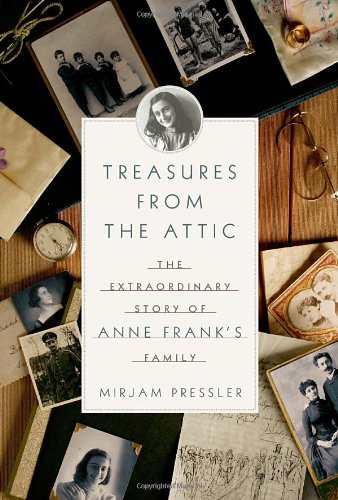

Most ebook files are in PDF format, so you can easily read them using various software such as Foxit Reader or directly on the Google Chrome browser.
Some ebook files are released by publishers in other formats such as .awz, .mobi, .epub, .fb2, etc. You may need to install specific software to read these formats on mobile/PC, such as Calibre.
Please read the tutorial at this link: https://ebookbell.com/faq
We offer FREE conversion to the popular formats you request; however, this may take some time. Therefore, right after payment, please email us, and we will try to provide the service as quickly as possible.
For some exceptional file formats or broken links (if any), please refrain from opening any disputes. Instead, email us first, and we will try to assist within a maximum of 6 hours.
EbookBell Team

4.8
44 reviews
The story is one that is envisioned by many: a relative, an old woman who has lived in the same home for a lifetime, passes away, her death prompting the inevitable task of sorting through her effects by her surviving family. But in the attic in this particular house, a treasure trove of historic importance is found. Rarely does this become an actuality, but when Helene Elias died, no one could put a price on what she left behind.
Helene Elias was born Helene Frank, sister to Otto Frank, and therefore aunt to Anne Frank. Ensconced upstairs in the house she inherited from her mother, and eventually passed on to her son, Buddy Elias, Anne’s cousin and childhood playmate, was the documented legacy of the Frank family: a vast collection of photos, letters, drawings, poems, and postcards preserved throughout decades—a cache of over 6,000 documents in all.
Chronicled by Buddy’s wife, Gertrude, and renowned German author Mirjam Pressler, these findings weave an indelible, engaging, and endearing portrait of the family that shaped Anne Frank. They wrote to one another voluminously; recounted summer holidays, and wrote about love and hardships. They reassured one another during the terrible years and waited anxiously for news after the war had ended. Through these letters, they rejoiced in new life, and honored the memories of those they lost.
Anne’s family believed themselves to ordinary members of Germany’s bourgeoisie. That they were wrong is part of history, and we celebrate them here with this extraordinary account.
Insert Authors’ photo: © Jürgen Bauer
Mirjam Pressler is one of Germany’s most beloved authors. She was the German translator of Anne Frank’s diary.